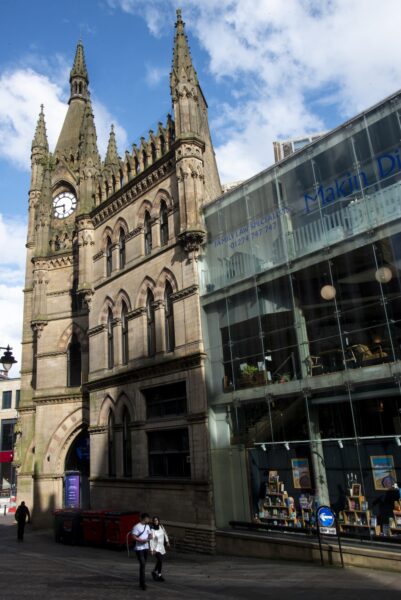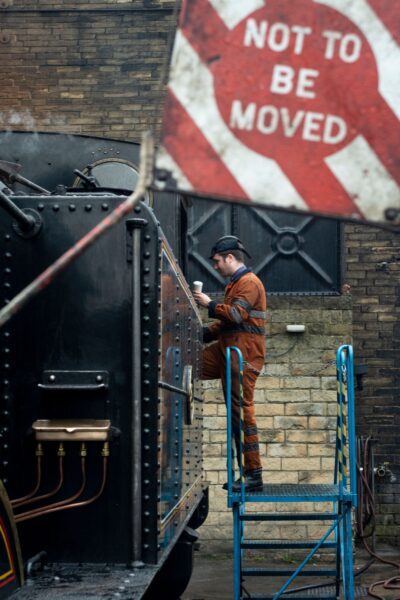Wool Exchange
Take a seat and listen to the stories of the people behind Bradford’s most treasured bookstore.

Published: July 4, 2025
Author: Tim Smith
Meet The People of Bradford in our digital series, created in collaboration with renowned documentary photographer Tim Smith.
Tim Smith’s photographs and creative work capture the social and cultural experiences of his subjects. In this unique series, we’re bringing together the lives and stories of real Bradford people with Tim’s captivating images.
These are the people of the Wool Exchange – in their own words.

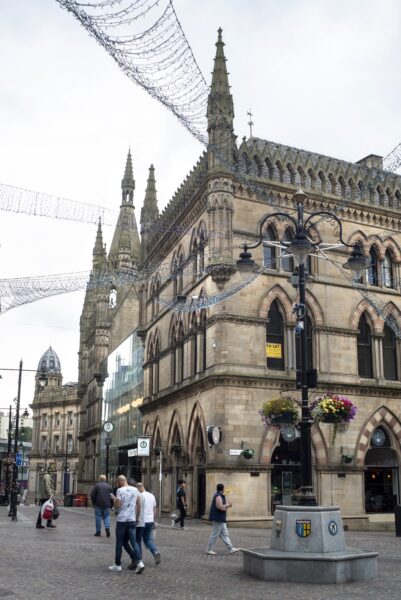


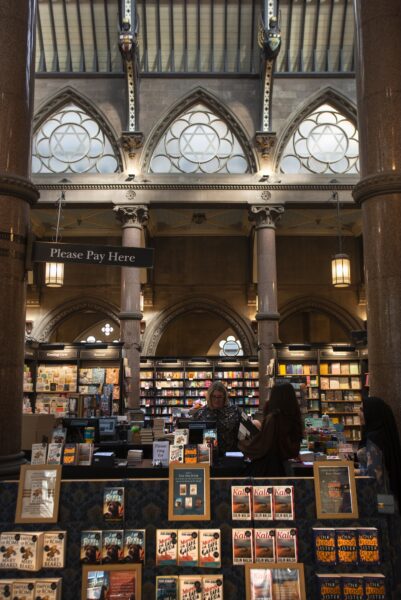
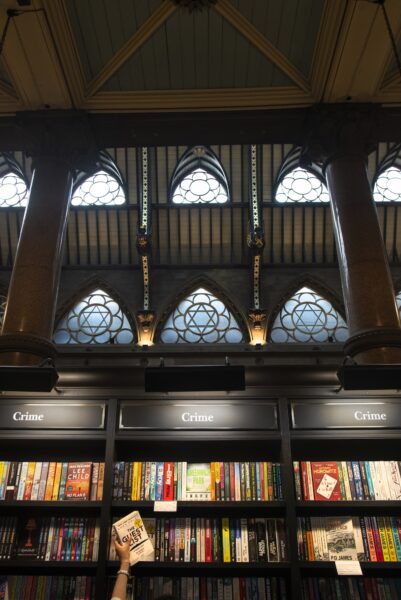
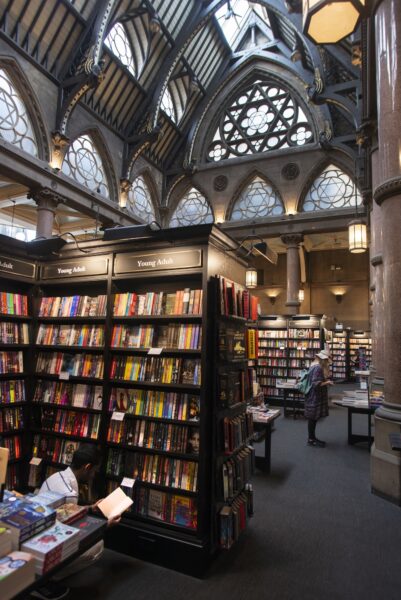

Abigail Guessis
Manager of bookshop
The building itself is beautiful, with its Venetian Gothic style. The history of it makes it feel even more unique, it being the centre of the wool trade in Bradford and everything that Bradford once was, which was the one of richest cities in Europe. All because of its wool trade and its factories.
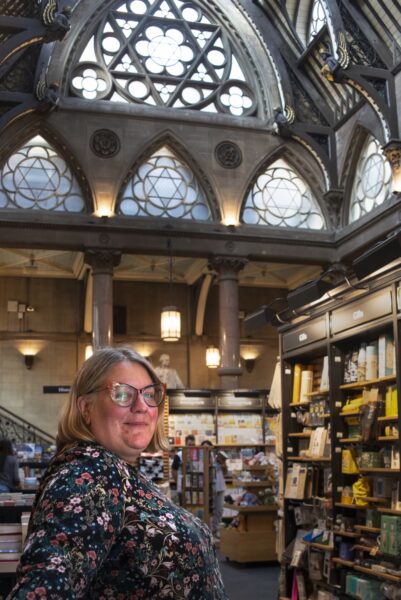
When it was first built all the wool sold in the UK was sold here. You can still see little bits of that, like all the pillars are numbered. Everyone who worked in the Wool Exchange had a number, a pillar that they were stationed by so when you came through the door you would know which pillar they were at. It was a very busy, bustling place.
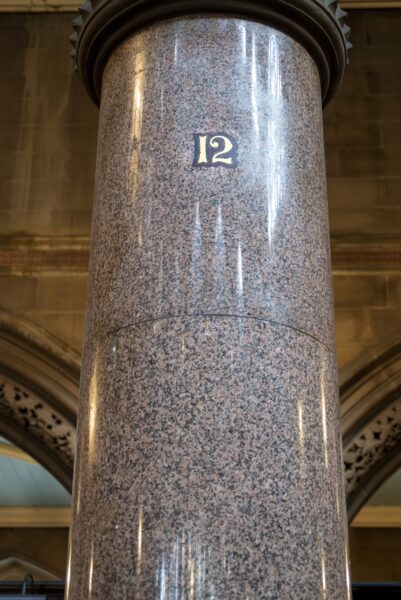
I’ve worked in book shops a long time, for about twenty years now. I’ve always known of this store, and when the possibility of the job of manager came up here I was living in London with my family and looking for somewhere to move to. I was like: “Oh, it’s got to be that one!” I made a beeline straight for it and moved my whole family up here about two years ago. They took some convincing, especially my son, but we don’t regret coming to Bradford. I love the customers and the place. It feels beautiful working here, it really does.
Rocco Memery
Staff member

We’re in the old Wool Exchange in Bradford, where we’ve set up a bookshop and cafe.
Working here you get a natural curiosity for the history of where you work. It opened in 1876, and a lot of the funding came from the Jewish community of Bradford – which is why we get all these Stars of David in the windows around around the top, alongside figures who are all carrying a shield with the crest of each market town in the area. You’re always engaging with the customers about the history of the building, because they’re always asking questions. And why wouldn’t you?
I’m from Bradford, so I want it to do well. I want people to come in. I do want the best for the city, so when people do come, like tourists, you go that extra mile to make it nice for them. Give them good service, and they’ll put that on social media, and tell their friends, and that’s what you want. Places like this are important.
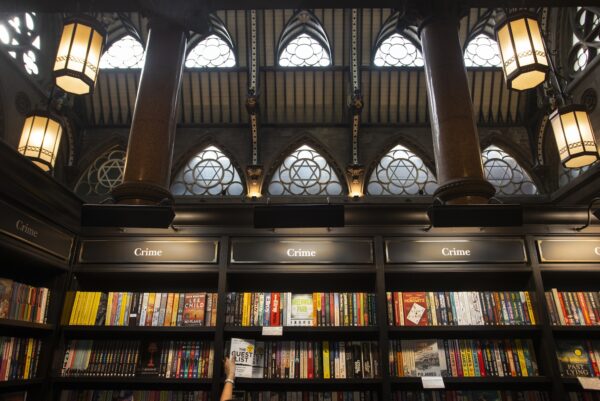
Freda K
Customer
I come here quite often when I’m in the centre of town. I have a browse of the books, have a coffee, and occasionally buy a book. But more than anything, it’s just nice to be in this extraordinary building. It’s a reminder of Bradford’s heyday as the centre of the global wool trade, and as one of the wealthiest places in the UK. It reflects Bradford’s past, but it’s one of the gems of Bradford’s present too.
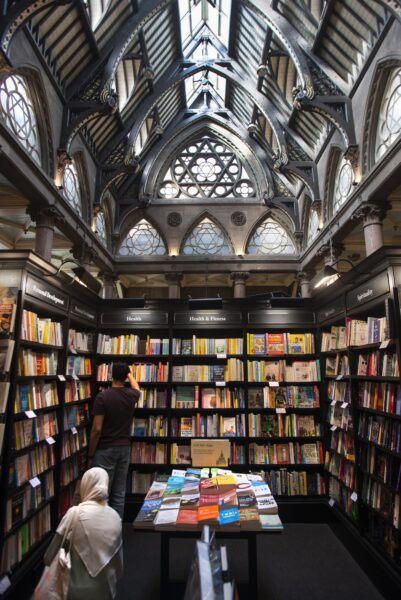
Bradford is full of gems, some more hidden than others. This is a public space but not everyone knows about it. If I know anyone who’s coming on a visit to Bradford, I’ll recommend they stick their head in and look up. As you always should do when you’re walking around the centre of Bradford. If you look up above the shop signs, and the To Let signs, there’s reminders of an extraordinary Victorian age, a unique city with a fabulous architecture.
So the next time you walk through Bradford, or the next time you go into the Wool Exchange, just look up and be reminded of Bradford’s extraordinary past and what an extraordinary city it remains.
